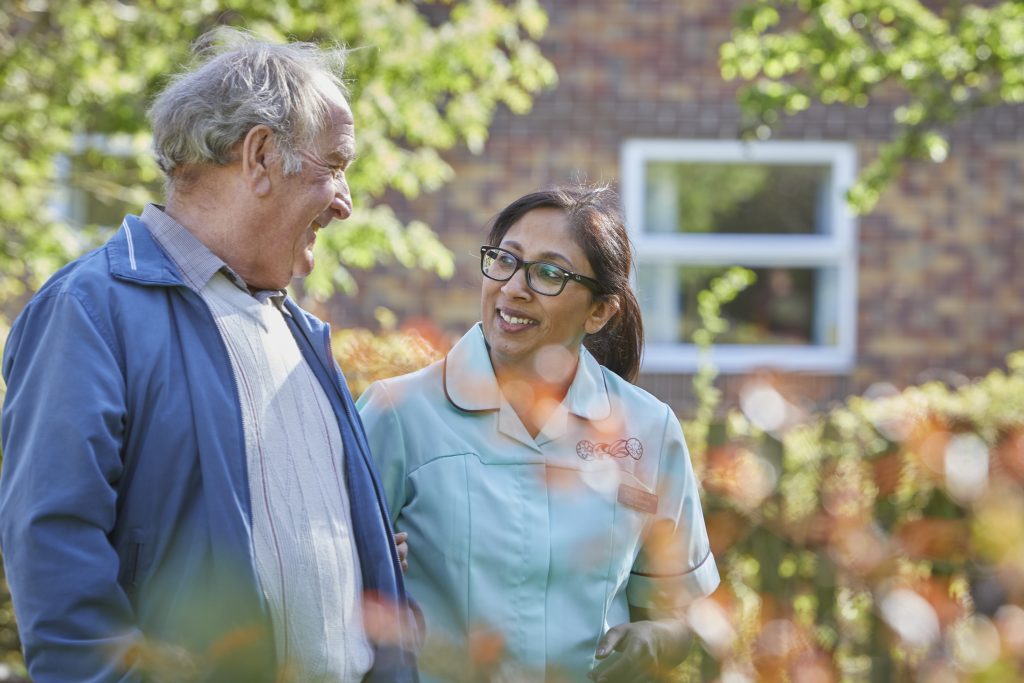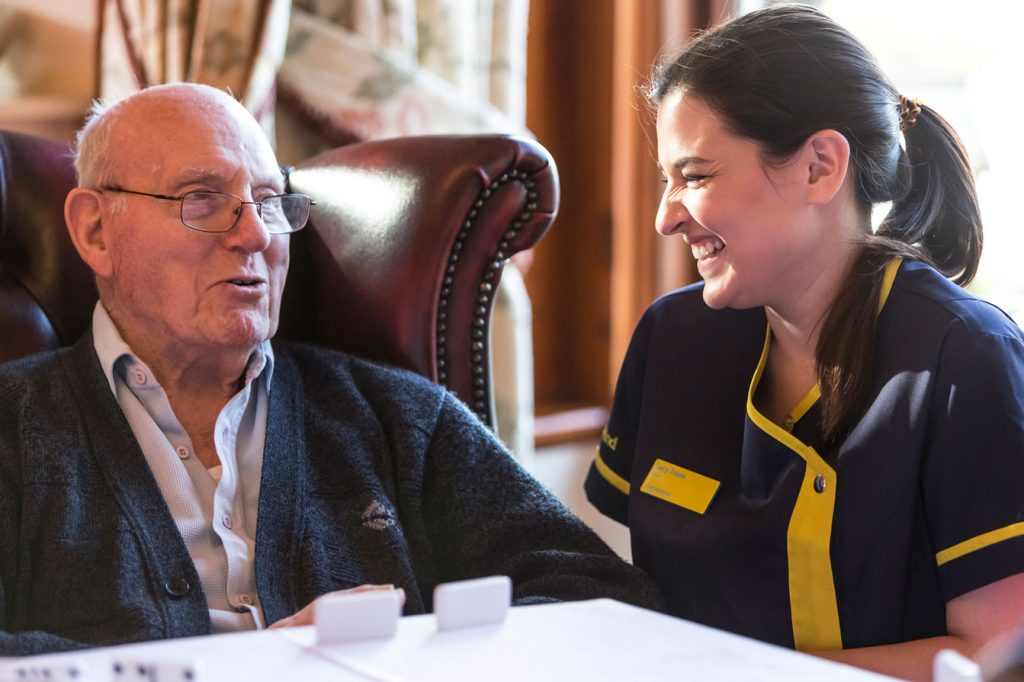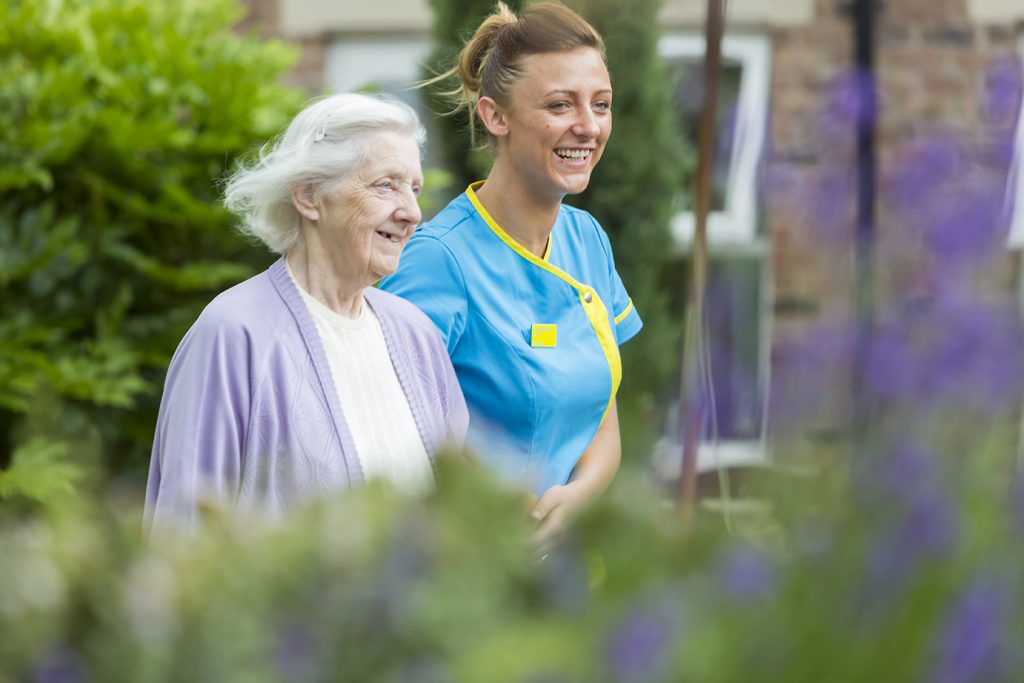
Outbreaks of resilience
To say that the coronavirus pandemic represents the most challenging times ever faced by our amazing care home sector – and the social care system more broadly – feels almost like an understatement.
For teams and residents in our care homes, it has meant a radical change in day to day life, adapting to a situation none of us expected and one we all know has no defined end date.
I want to say, upfront, how proud I am of all of my teams, our residents, and their friends and families, for bearing this extraordinary burden with such compassion, fortitude and understanding. Together, as businesses and individuals, we are doing everything we can to keep everyone safe, well and protected.
Since the early days of the outbreak, much of the country’s shared anxiety and worry has focused on how, when and where the virus is transmitted. One thing is abundantly clear to me: the more we learn about how it spreads, the more we can do to protect ourselves and others from infection.
That’s why Four Seasons Health Care is delighted to participate in a new research study to determine how outbreaks occur in residential care settings and identify factors which may help detect, prevent or mitigate them.

Joint endeavour
The research, carried out in collaboration with the Department of Health and Social Care, University College London and NHS Data Foundry, will draw on results from whole care home testing and previous studies to build as full a picture as possible of how outbreaks play out over time within the same home.
Four Seasons Health Care residents and teams are now part of a 10,000 strong test ‘population’ spread across more than 100 care homes in England, all of whom will be given coronavirus tests.
The study will see trained phlebotomists attend care homes at agreed times to administer blood (antibody) tests. Meanwhile, our teams will administer regular swab tests on themselves and residents.
These tests – to be repeated at regular intervals throughout the year - will be given to all those who give consent. We have been very clear with everyone in our homes, offices and attached facilities that their agreement, comfort and convenience will be prioritised at all times.
In addition to ensuring we have consent from all participants, we are also committed to continuing to provide all necessary personal protective equipment (PPE), while maintaining meticulous record keeping of those presenting symptoms and dedicated areas for storing testing kits.
Over time, this study will give researchers a detailed picture of coronavirus infection in care homes in England and help care providers like us react even more quickly to contain or prevent outbreaks.

Building a picture to boost protection
I’m very proud that our homes are playing a part in helping inform future plans to manage the pandemic. The data gathered from us and the many other care homes participating across England will influence future guidance on social distancing, promote positive behaviour change and, we hope, make the transition out of lockdown smoother, safer and long lasting.
One thing is certain, this pandemic has changed the way we work, care for and protect those who most need our support. I’m proud to say our homes have always been caring, supportive and person-centred environments, even before the first case was announced on our shores over five months ago.
As we continue to fight this virus, we re-dedicate our efforts each day to every person within our homes – and that’s a positive outcome we should all cherish, whatever the future may hold.
1 comment
Comment by T P J Cooper posted on
Frankly it's only too obvious how transmission occurs in care homes. It's because social distancing is very hard to achieve, especially in homes where the residents have cognitive impairment and staff have to carry out personal care tasks. In this pandemic however the main reason for the high death toll in care homes was the government's original guidance issued in March that recommended returning residents who were in hospital to their care homes without testing for the virus. The priority was to clear as many people out of the hospitals so they could cope with the expected influx of Covid 19 patients. The was highlighted in the government's slogan "Stay home; Protect the NHS; Save lives". Saving lives was last on the list. Most care homes are homely environments - this is a legal requirement enforced by the Care Quality Commission (who also endorsed the government's advice) - they were never set up to follow strict social distancing rules and did not have ready access to PPE in the quantities needed to achieve this. Result: 20,000 dead residents. Care home operators who refused to re-admit residents who did not have a negative virus test result have fared much better than those who followed the cynical guidance issued by the two main authorities - who falsely claimed to be following the "science". Surely the lesson here is never again to sacrifice the super-vulnerable elderly on the altar of the sacred NHS when the next pandemic arrives, which might be far worse than Covid 19 and, judging from the statistics available, is actually relatively mild as pandemics go. A second lesson might be for care providers to treat all government guidance with suspicion and rely on their own judgement as to what is in the best interests of their service users and staff.